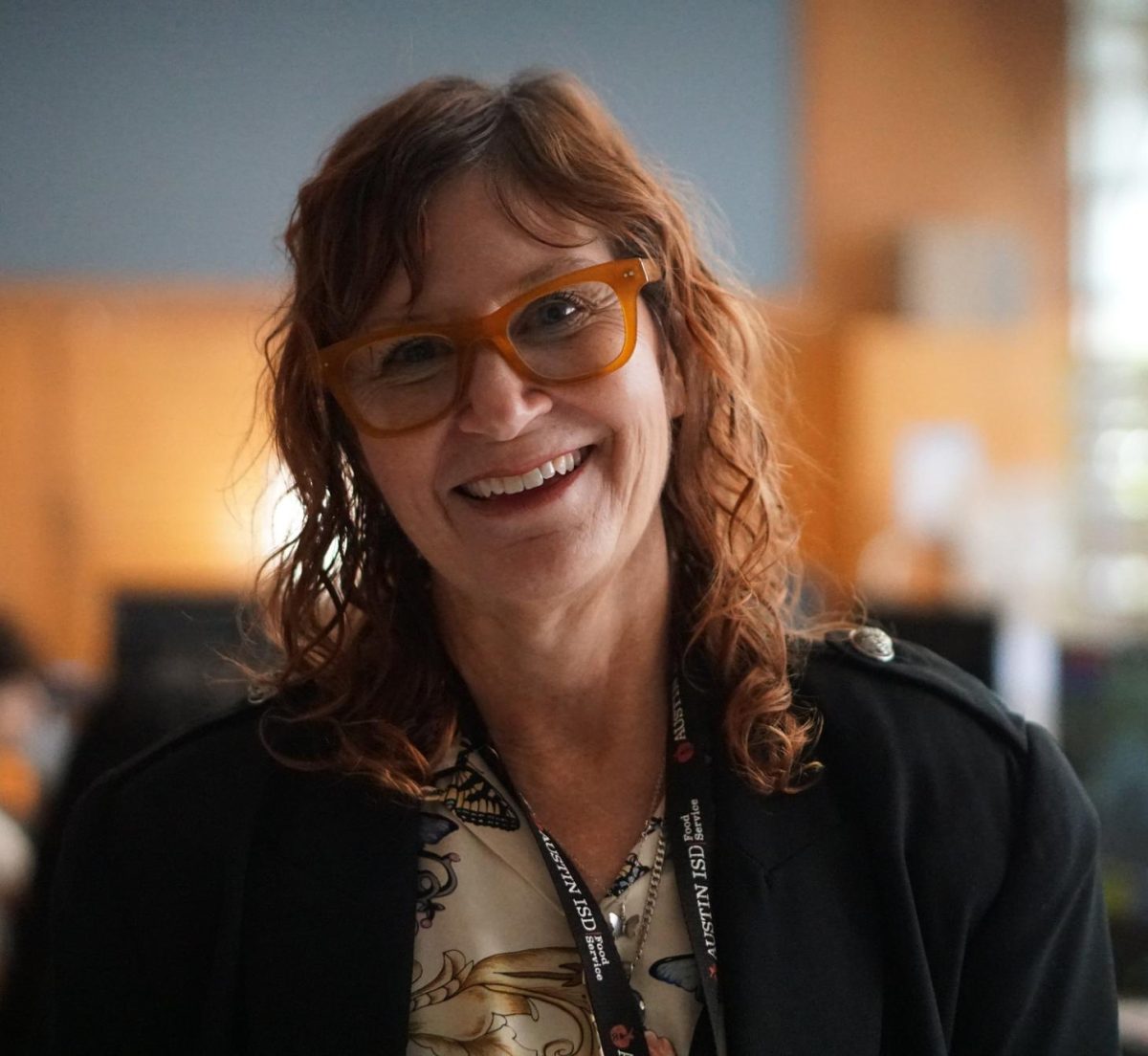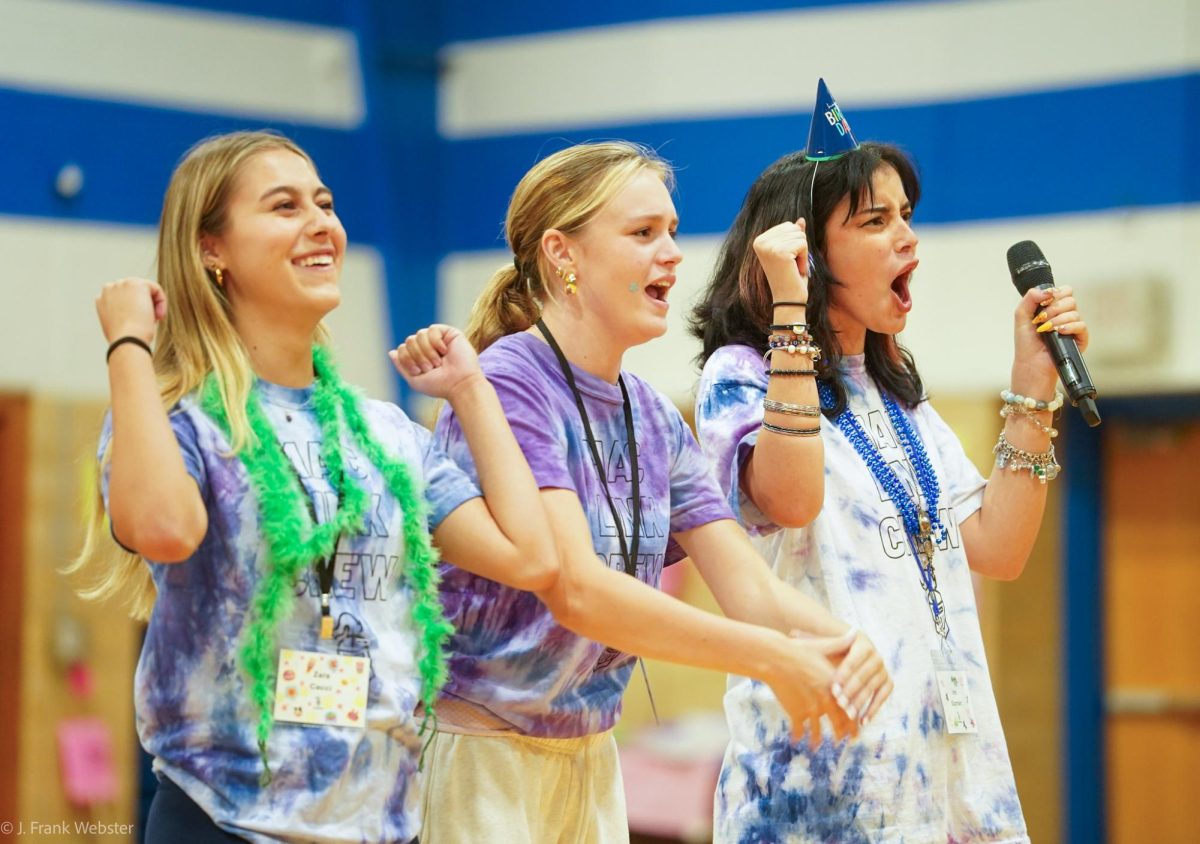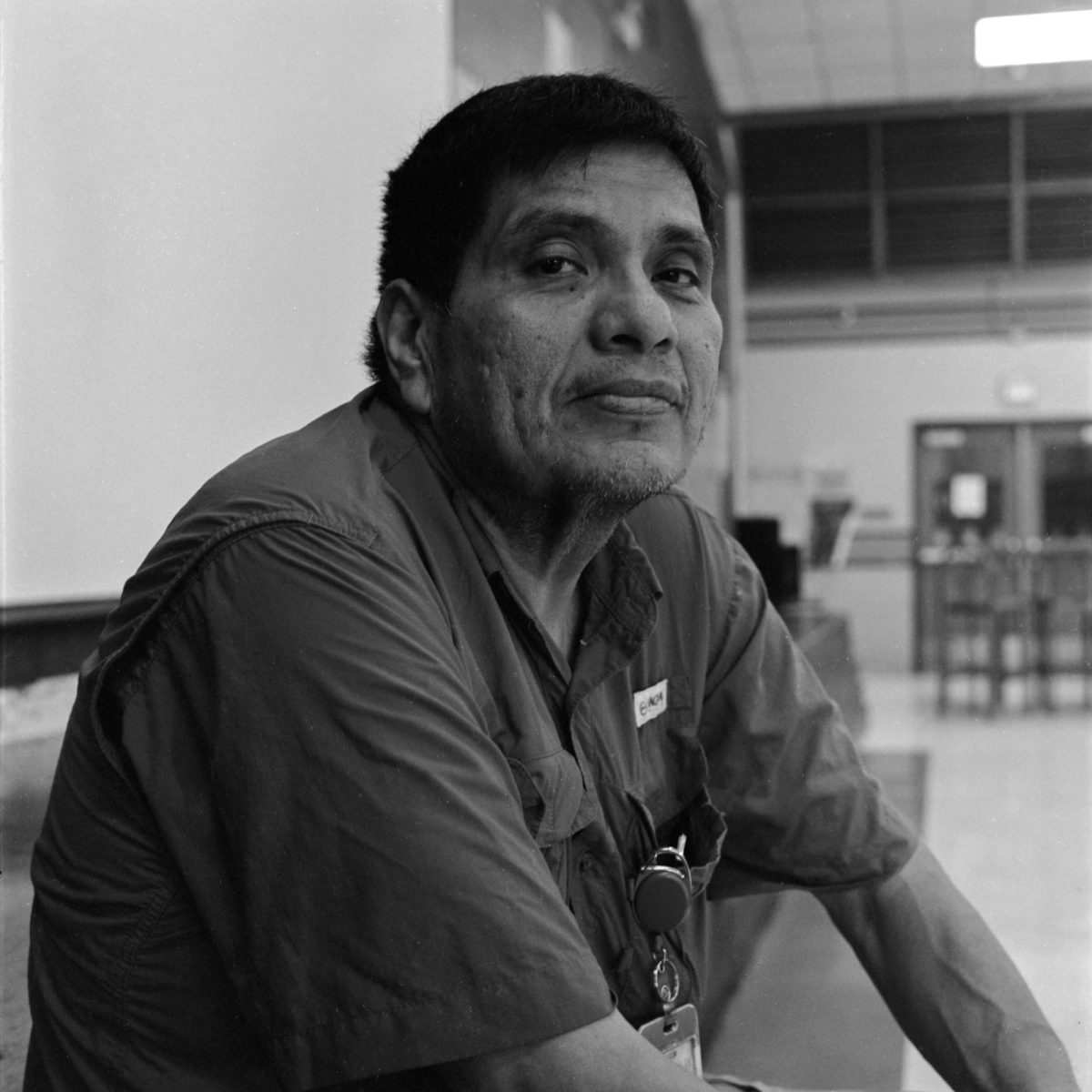Seniors complete projects
for their Eagle Scout ranks
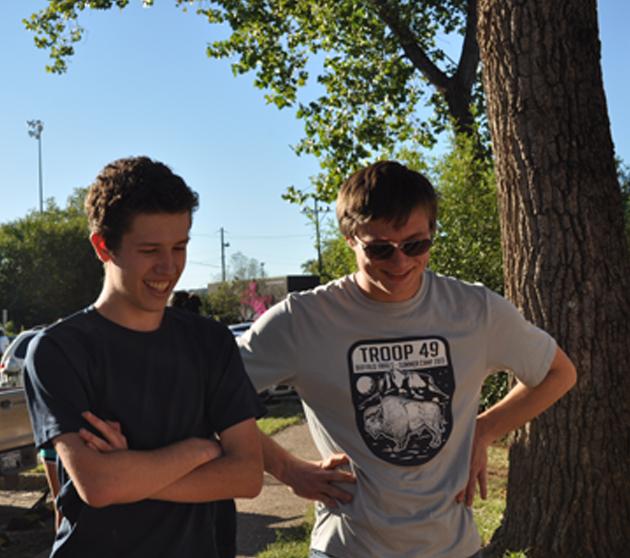
After a long day of hard work on his Eagle Scout project, senior Benjamin Pargmann got to play with puppies that survived the parvo virus in the memorial garden he had just built to the dogs that had not survived.
“Austin Pets Alive has a parvo ward, and every year they’ve got a lot of puppies that pass away from the disease,” Pargmann said, “so I built a garden to honor their lives and to provide a place for the workers to relax and calm down after their day.”
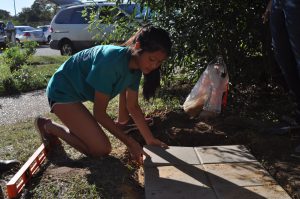
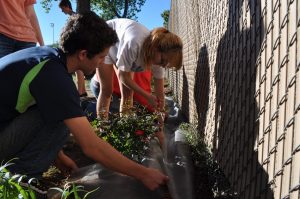
An Eagle Scout project has two major requirements, Pargmann said. It must be something that benefits the community and it must be something the Scout plans and carries out to completion. Another senior, Eric Sandoz, also completed his project for the honor.
“I re-did all of the wood at the stands on the baseball field,” Sandoz said. “I tore it all up and put down new wood. On Saturday, there [were] a lot of the baseball kids that helped rip up all of the old wood. Then on Sunday and Monday it was basically just me, my dad, [senior] Jake [Holmes] and a couple of other kids [working on it].”
Junior Quentin Reed helped cut stuff, move stuff or anything to help make it easier for Sandoz.
“It feels really good [to have helped], especially when you know that other people are going to be able to enjoy what you built,” Reed said. “That way people aren’t falling through the stands with all the cracked wood.”
Before the actual working could start, the boys had to put in many hours of planning for the projects. Sandoz said it took several months to get his plans approved by the higher-ups.
“Normally I’d get home from school and do 30 minutes to an hour of just planning and checking prices of things,” Pargmann said. “I’d have to schedule meetings with the Austin Pets Alive representative and meet with her.”
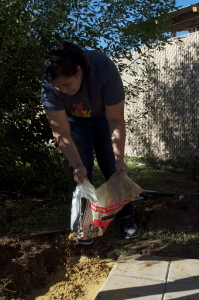
Sandoz said he learned problem-solving from the project. Things would go wrong, like a part wouldn’t fit, so he had to find ways around that. For Pargmann, the hardest part was the time management.
“I am a horribly disorganized person,” Pargmann said. “Never have been very good at it. So having to fill in time slots and actually figure in man-hours and what that means, and plan out and use my time efficiently was incredibly hard. I failed a lot. I really did. There were times when I worked for three or four hours and got nothing done. But in the end, it taught me to use [time] better.”
From this project, both boys gained skills that can be applied to future projects.
“It feels really good to accomplish it because the number of hours that was worked was somewhere in the neighborhood of 200 hours,” Sandoz said, “so it was pretty satisfying to see it all done.”



